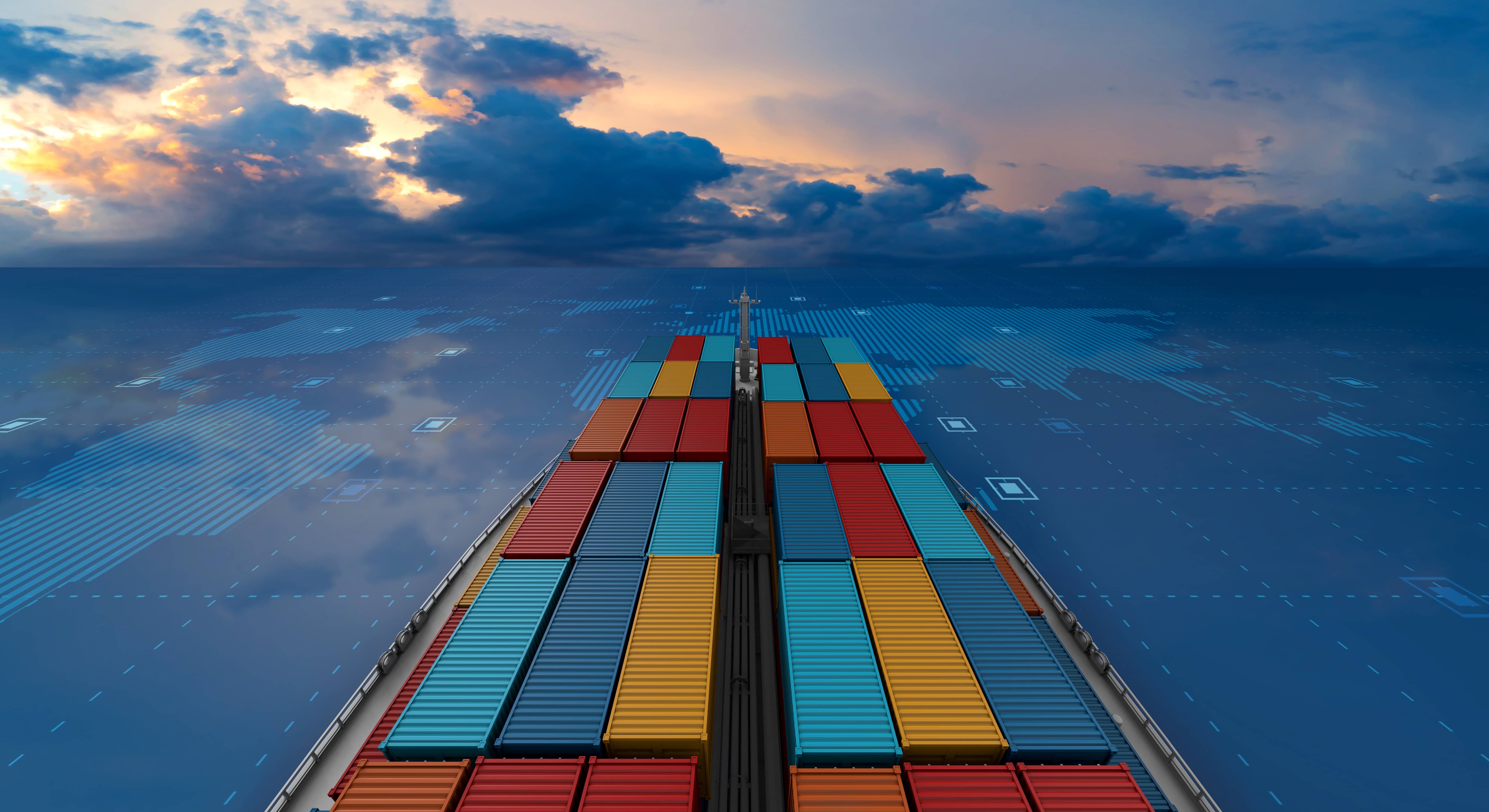In moving over 80% of the world’s freight traffic, maritime ports are logistical centres of absolute relevance to the world economy. With growing international freight volumes, large ports are facing huge challenges that can only be tackled through technology. In other words, by transitioning to Smart Ports or Ports 4.0.
Smart Ports, facilitators of logistical innovation
Ports 4.0 mean that port terminals are joining the new technological efficiency paradigm. A Smart Port must be able to combine its physical infrastructure with customised digital solutions based on disruptive technologies that solve challenges in transport and logistical management.
But we’re not just talking about using technology; we’re talking about being digital solution providers and facilitating the transition for the entire port and logistics sector to an Economy 4.0. As such, Smart Ports are a laboratory for innovation geared toward improving efficiency, safety, sustainability and, in short, to increase competitiveness of the entire logistical fabric.
In this regard, we should mention that there are no defined models. Each port must make this transition based on its own characteristics and objectives. The common denominator that they do share is the use of certain technologies to move toward greater efficiency, transparency and added value.
Key technologies for a Port 4.0.
- Internet of Things (IoT): Interconnecting sensors and devices is a great opportunity to coordinate operation of machinery and vehicles at ports. This provides for creating, collecting, and transferring all kinds of data to improve task automation and process optimisation.
- Big Data: Using technology to collect and analyse massive amounts of information to draw conclusions and spot patterns or correlations. When applied to ports, this can reduce delays and the effects of strikes or bad weather, and more.
- Automation: Automation is one of the objectives of all Smart Ports, whether total or partial. Cobots, or collaborative robots, are designed to work in harmony alongside people, reaching a perfect balance between productivity and safety. This technology can drastically reduce port accidents.
- Blockchain: This is an inalterable, decentralised data log, based on sharing information online to guarantee integrity and traceability. Although famous for being the driving force behind cryptocurrencies like bitcoin, it has great potential for any process that entails exchanges, such as the port logistics chain.
- Artificial intelligence: This is a robot or machine’s ability to interpret data and process them to constantly improve how it completes a task. This is very applicable to ports, both to improve mechanical automation and to better predict loading and unloading times, and more.
- Augmented reality: This is about creating enriched virtual reality with graphic and digital 3D information. An interesting case for ports are virtual twins. These simulations allow all kinds of risk-free tests before making decisions.



Comments are closed.